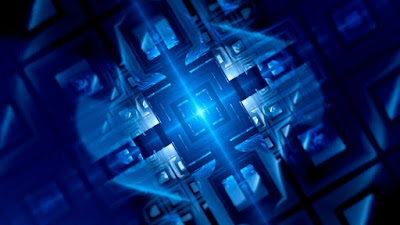Today's computers which are named as classical computers, work by manipulating sequence of bits. A bit is the smallest unit of data in a classical computer which has single binary value, either 0 or 1. A quantum computer is worked by manipulating sequence of qubits. But a qubit is not limited to two values. A single qubit can represent 1 or 0 or any quantum superposition of 0 and 1.
Advantage of Quantum Computing
A quantum computer with n qubits can be in an arbitrary superposition of up to 2^n different states simultaneously. But classical computers can only be in one of these 2^n states at any one time. There are several problems that classical computers will not be able to solve. But a quantum computer has so much computational power than classical computers and it has the potential to tackle those complex problem easily.
In Quantum Computing, it uses two key principles of quantum physics.
- Superposition
- Every qubit can represent both 1 and 0 at the same time.
- Entanglement
- Qubits in a superposition can be correlated with each other. That means the state of one qubit can depend on the state of another qubit.
Quantum computers can archive inherent parallelism by using superposition of qubits. Parallelism allows a quantum computer to work on several computations at the same time. We can measure the performance of a computer by getting the count of floating point operations per second (FLOPS). So a computer which has 10 teraflops computational power can execute 10 trillion floating point operations in a second. A 30-qubit quantum computer would equal the processing power of a classical computer that could run at 10 teraflops.
Scientists still do not have a simple way to control complex systems of qubits. Because of that, it is really hard to manufacture quantum computers. Nowadays computer scientists control the microscopic particles that act as qubits in quantum computers by using following control devices.
- Optical Traps
- Use light waves to trap and control microscopic particles.
- Ion Traps
- Use optical or magnetic fields or a combination of both to trap ions.
- Semiconductor Impurities
- Contain electrons by using "unwanted" atoms found in semiconductor material.
- Quantum Dots
- Made of semiconductor material and used to contain and manipulate electrons.
- Superconducting Circuits
- Allow electrons to flow with nearly no resistance at very low temperatures.
Quantum computing is still in its early stages of development. Quantum computers must have at least several qubits to be able to solve real-world complex problems. Quantum systems may reduce the complexity of chemical and molecular interactions which lead to the discovery of new medicines and materials. And it will make a way to energy-efficient computing.



No comments:
Post a Comment